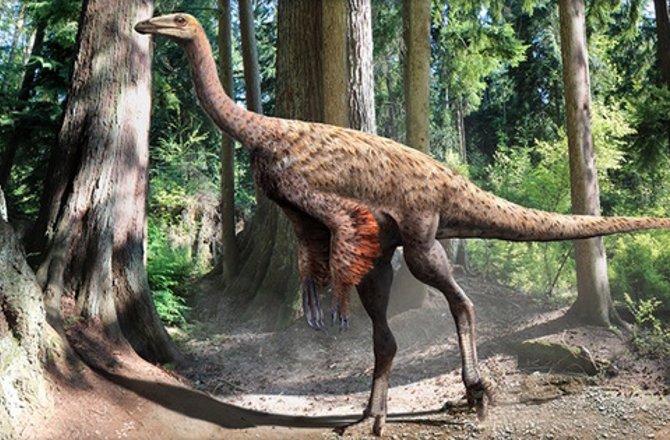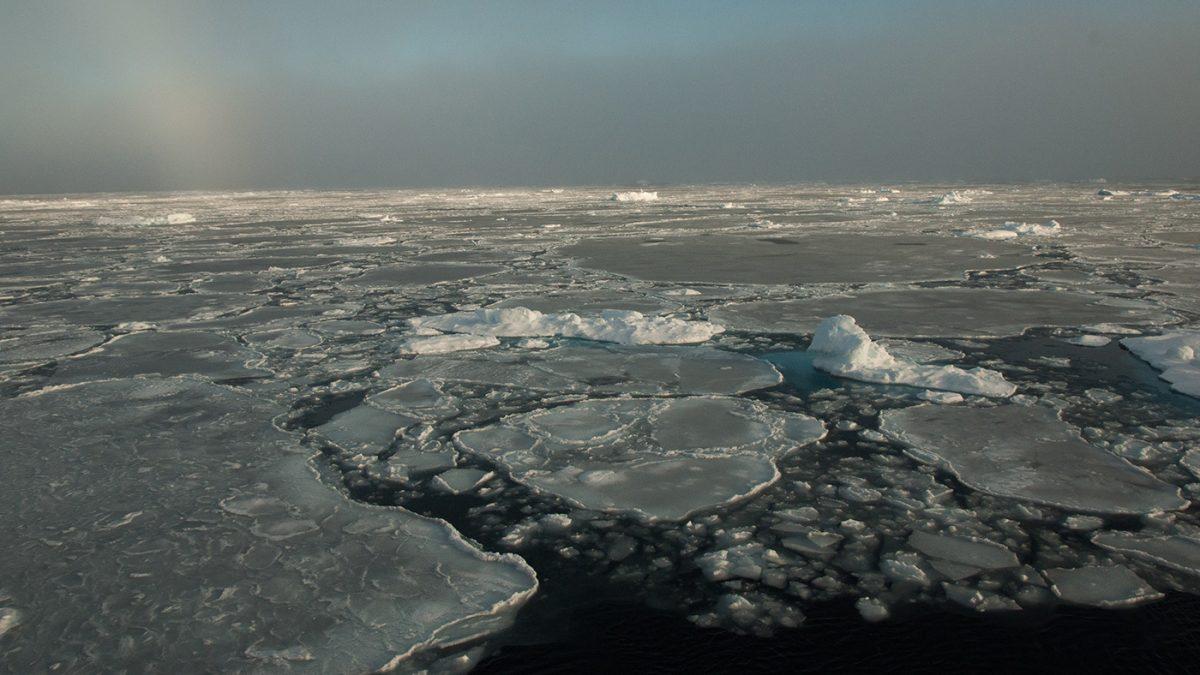Scientists discovered that what killed the dinosaurs was a combination of gradual die-off and an asteroid hitting Earth. The picture that people have of dinosaurs, their lives and their extinction is constantly changing. We now know that the scaly, reptilian creatures that appeared in “Jurassic Park” (and their cuter counterparts in “The Land Before Time”) are not an accurate picture of what dinosaurs looked like. Instead, based on analysis of fossils found in Siberia, it appears that almost all dinosaurs had feathers.
It is awe-inspiring that anything about the lives of dinosaurs can be uncovered now, 65 million years after their demise. But what scientists have struggled with for years is what caused it. Those in the “intrinsic gradualist” camp think that a combination of climate change, plate tectonics and increased volcanic activity caused the extinction of the dinosaurs. Volcanoes are known to have been very active during this period and the release of ash and dust into the air could have blocked sunlight. Additionally, the surface of the planet was changing as the tectonic plates shifted, resulting in drastic climate change. Those in the opposing camp, known as “extrinsic catastrophists,” support the Alvarez hypothesis. This hypothesis explains dinosaur extinction through one large asteroid hitting earth or many smaller asteroids hitting earth in a small window of time. The idea is that these asteroids would have caused climate changes and thrown up dust that would have had a similar effect to the volcanic ash.
Two new studies indicate that there may be truth to both theories. One, a report published in the “Proceedings of the National Academy of Sciences,” shows statistically that dinosaur populations were probably already declining before the catastrophic event that made them extinct. The population decline, caused by the same factors theorized by the intrinsic gradualists, made them genetically less diverse. In any species, genetic diversity is crucial for surviving and adapting to environmental changes. A diverse and widespread gene pool means that some member of a species are more likely to survive a change and continue to reproduce. But if genetic diversity is lacking, it may be impossible for a species to adapt to new surroundings. Michael Benton, one of the authors on the paper, explained that because of this decline, the ability of dinosaurs to bounce back after the impact of an asteroid was lessened, and the species went extinct.
For some species of dinosaurs, however, the asteroid’s effect may have been more immediate. According to Derek Larson, a paleontologist at the Philip J. Currie Dinosaur Museum in Alberta and the University of Toronto, there were two known species that were thriving, rather than declining, before the asteroid hit. One was the ancestor of the modern bird and the other was a meat-eating dinosaur called the toothed maniraptoran. The ancestor of the bird survived the asteroid impact, the maniraptoran did not.
Larson and his colleagues believe that the key to the survival of the ancestor of the modern bird may have been dietary. The ancestral bird probably ate seeds, which would not have been impacted so directly by the asteroid. The maniraptoran ate meat,and other species of animals were declining or wiped out, so its food sources would have been more limited.
According to these two studies, the picture of what caused dinosaur extinction is more complicated than previously thought. As scientists further explore what happened 65 million years ago that killed such a dominant group, the picture will probably become more nuanced. Our picture of dinosaurs will continue to adapt and change, even if they could not.







